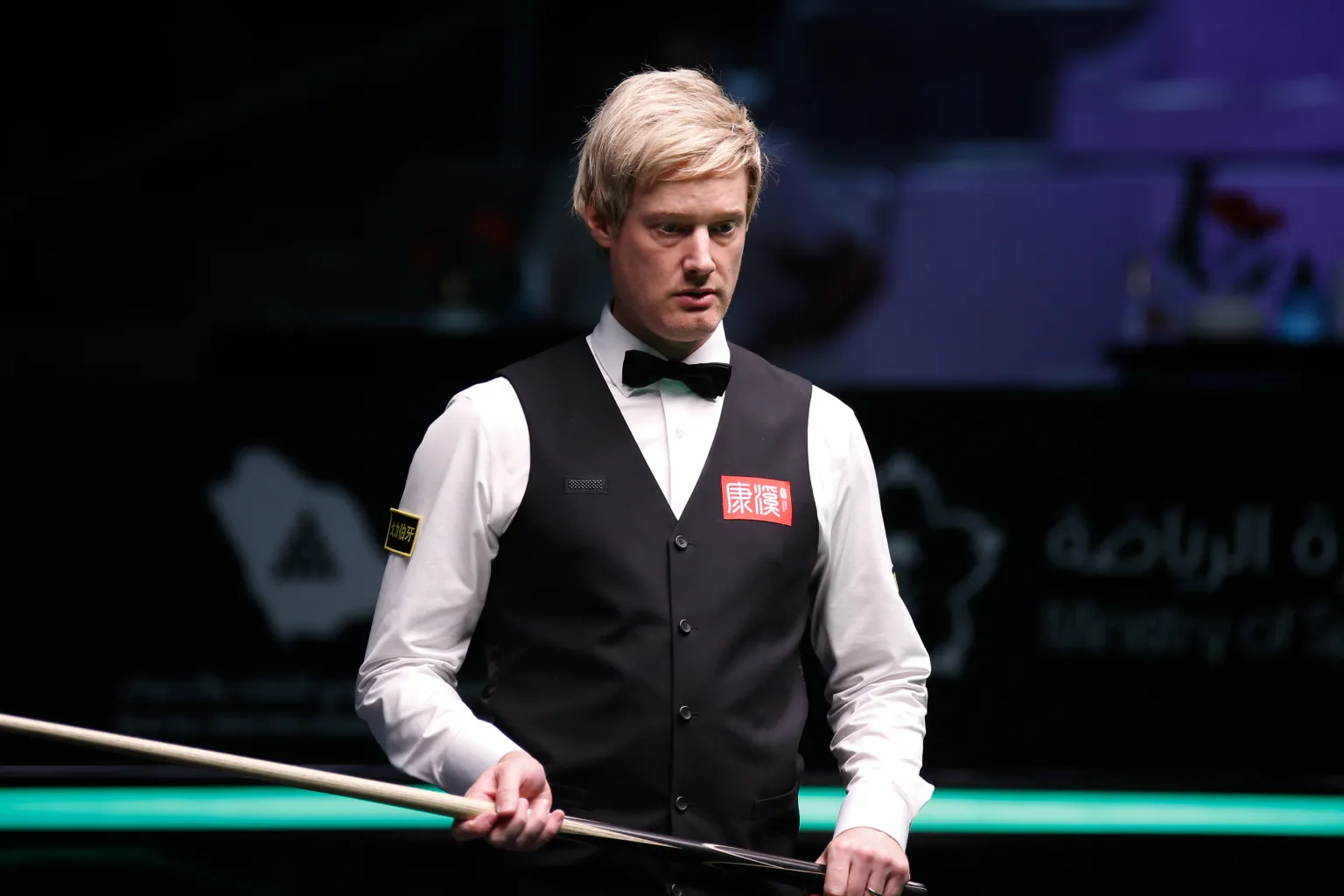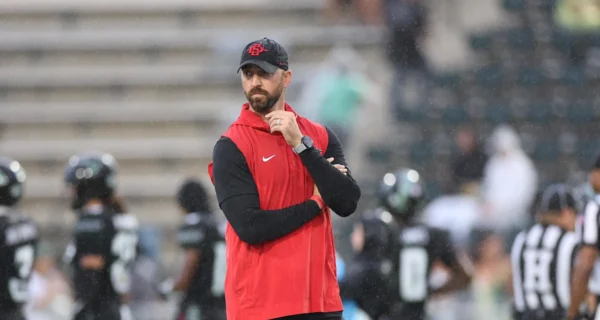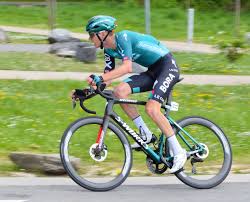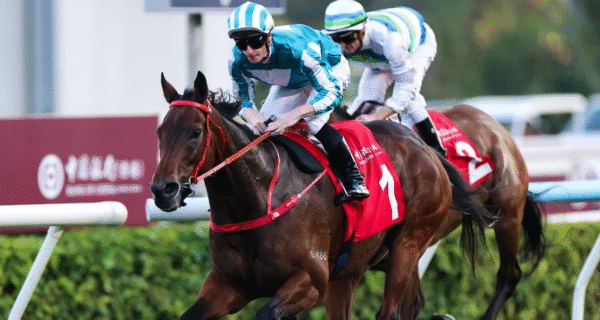Neil Robertson wants snooker to keep up with the times. He’s calling for a trial of new rules after loving the Crucible Cup Snooker 900 format.
The 43-year-old won the inaugural competition this week. He beat John Higgins 7-5 in the final.
Writing on X on Tuesday, Robertson expressed his desire for change. He wants to see flexibility with future tournaments.
“The ruleset for the 900 is the most fun I’ve had playing snooker,” Robertson wrote. “It forces players to play their natural game. You don’t even notice the shot clock for the most part.”
He continued: “The rules in snooker haven’t changed for over 50 years. They need to evolve now. I’m not saying every rule. But there are 3 or 4 I would like to see trialed.”
Snooker 900 includes frames of no more than 15 minutes (900 seconds). It features a 20-second shot clock throughout.
If there’s no winner at the time limit, whoever leads in points takes the frame. There’s no extension.
Other rules include the cue ball needing to touch a cushion or pot another ball. Any foul gives the opponent the cue ball in hand.
World No. 3 Robertson faced seven of the top 15 at the Crucible Cup. The event ran while qualifiers for the UK Championship were ongoing.
It’s not part of the professional tour. But it offered a prize pool of over £70,000 for a two-day affair. The venue was the Crucible Sports and Social Club in Reading.
The tournament was shown for free on TV. Robertson beat Stephen Hendry 6-2 in a brief competitive comeback.
He then beat Mark Selby in the semi-final. He overcame Higgins to take the £35,000 winnings.
Some comments online pointed to the Shoot Out on the World Snooker tour. Robertson dismissed that format.
“10 second shot clock, players running around like headless chickens,” he said. “10 minute match. People in the arena behaving like barn animals. No thanks.”
Speaking immediately after the tournament, Robertson elaborated. “Chatting to Mark Selby about it, sometimes we’re trying to be too perfect on shots. It ends up with us taking our time.”
“I want to bring in the 20 second shot clock into every event!”
Higgins himself praised the format. “I have thoroughly enjoyed it. It was a great couple of days. A really enjoyable format.”
Robertson continued: “Like John said, we’ve all really enjoyed it. We’ve been speaking about bringing this format into ranking events.”
“You can go a couple of frames behind. But it still forces you to play your natural game. I managed to rattle off a few frames in a row to clinch it.”
The format’s success shows players want change. The traditional game moves too slowly for modern audiences.
Robertson’s victory proves elite players can adapt quickly. The 20-second shot clock doesn’t hurt quality of play.
Other top players have backed the concept. Mark Selby enjoyed the faster pace. John Higgins found it refreshing.
The key difference from the Shoot Out is timing. Twenty seconds is enough to think. Ten seconds creates chaos.
Robertson wants specific rule changes tested. He hasn’t detailed all of them publicly yet.
But the shot clock clearly tops his list. He believes it improves the viewing experience.
The cue ball in hand rule adds strategy. Players must weigh risks more carefully. Fouls become more costly.
The 15-minute frame limit keeps matches moving. Fans can watch complete games quickly. It suits modern attention spans.
Whether snooker authorities will listen remains unclear. The sport has resisted change for decades.
But with top players advocating for evolution, pressure is building. Robertson’s voice carries weight in the game.
The Snooker 900 format proved commercially viable. Free TV coverage attracted viewers. The prize money attracted top talent.
If more events adopt these rules, change could come faster. Robertson hopes to see trials at ranking events soon.
For now, he’s celebrating his victory. And pushing for the sport he loves to modernize.













